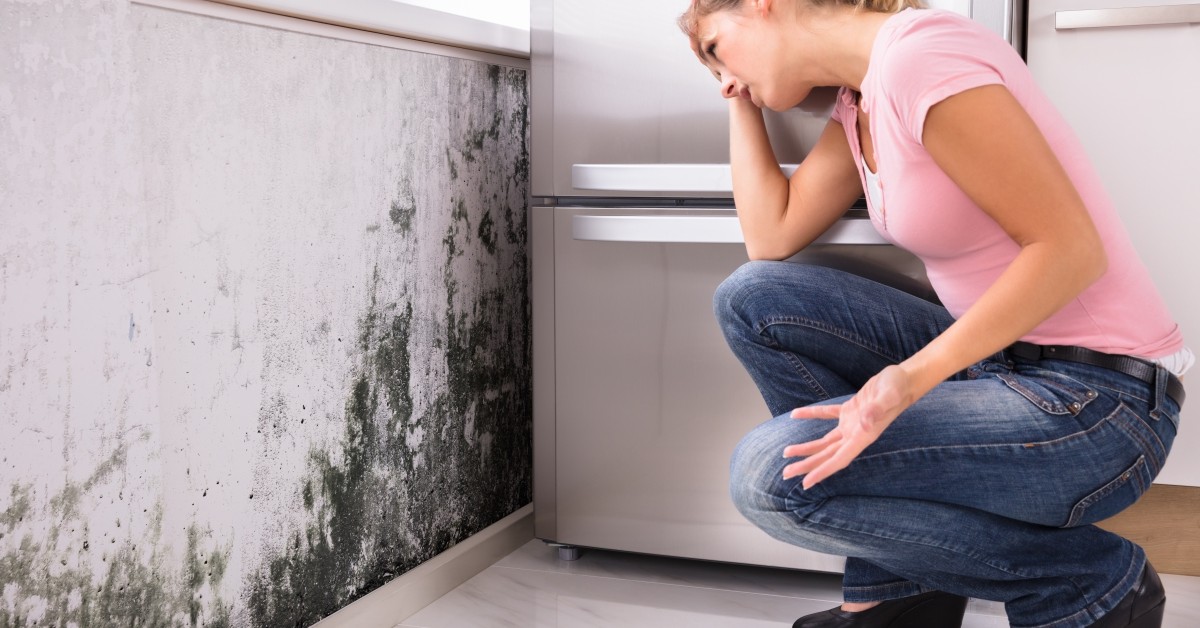Advice on What to Do After Mold Remediation
Your Ultimate Overview to Blog Post Mold Removal Strategies
Navigating the realm of post-mold remediation techniques is a thorough procedure that requires focus to information and a detailed understanding of the complexities included. In the after-effects of mold problem, recognizing exactly how to successfully get rid of the mold and mildew and stop its reoccurrence is paramount for keeping a healthy and balanced indoor setting. From picking the right cleaning and decontaminating approaches to applying strategies for lasting mold prevention, each step in the remediation trip plays a critical role in making certain an effective end result. As we start this expedition of post-mold remediation methods, we will certainly discover the crucial techniques and best practices that can help you restore your room to its pre-mold problem and protect it versus future mold and mildew dangers.
Comprehending Post-Mold Remediation Refine
After finishing the mold remediation process, it is crucial to understand the post-mold remediation strategies that are needed to ensure a reliable and thorough cleaning. As soon as the mold and mildew has been gotten rid of, the next step involves cleaning and decontaminating the influenced areas to protect against any regrowth of mold and mildew.
Additionally, conducting a last evaluation post-remediation is essential to make certain that all mold and mildew has actually been successfully eliminated. If the examination discloses any type of remaining mold and mildew, extra removal might be necessary.
Efficient Cleaning and Decontaminating Approaches

Preventing Future Mold And Mildew Development

Relevance of Appropriate Ventilation
Appropriate air flow plays an essential function in protecting against moisture accumulation, an essential consider mold development within interior atmospheres. Reliable air flow systems help remove excess moisture from the air, reducing the opportunities of mold spores locating the moisture they need to spread and sprout. Without appropriate air flow, indoor rooms can come to be a breeding place for mold, leading to possible health risks and architectural damage.
By making certain correct air flow, air flow systems can likewise assist in drying out moist locations quicker after water damage or flooding cases, better discouraging mold development. After mold remediation. In spaces like restrooms, attic rooms, kitchens, and cellars where dampness levels have a tendency to be greater, mounting and preserving efficient air flow systems is critical in avoiding mold and mildew problems

Surveillance and Upkeep Tips
Provided the crucial role that proper ventilation plays in preventing mold and mildew development, it is critical to establish effective monitoring and upkeep suggestions to make certain the continued capability of ventilation systems. Monitoring moisture levels within the property is additionally critical, as high moisture can contribute to mold and mildew growth. By remaining alert and proactive to the condition of ventilation my blog systems, home owners can effectively minimize the danger of mold and mildew regrowth and preserve a healthy indoor atmosphere.
Verdict
In final thought, post-mold removal strategies are necessary for making certain a clean and secure atmosphere. Comprehending the procedure, implementing efficient cleansing and disinfecting techniques, stopping future mold and mildew development, keeping correct air flow, and normal tracking are all vital action in the removal procedure. By following these guidelines, you can efficiently eliminate mold and mildew and avoid its return, working or promoting a healthy and balanced living room for all owners.
In the aftermath of mold and mildew problem, understanding how to efficiently remove the mold and prevent its reoccurrence is paramount for keeping find out this here a healthy indoor environment. As soon as the mold and mildew has been removed, the following action includes cleaning and decontaminating the impacted areas to protect against any type of regrowth of mold and mildew - testing air quality after mold remediation. After eliminating noticeable mold development, it is vital to clean up all surface areas in the damaged location to get rid of any kind of staying mold and mildew spores. To further boost mold and mildew avoidance actions, it is crucial to address underlying issues that originally led to mold advancement.Provided the critical duty that proper air flow plays in preventing mold growth, it is imperative to establish efficient tracking and upkeep pointers to make sure the ongoing capability of air flow systems